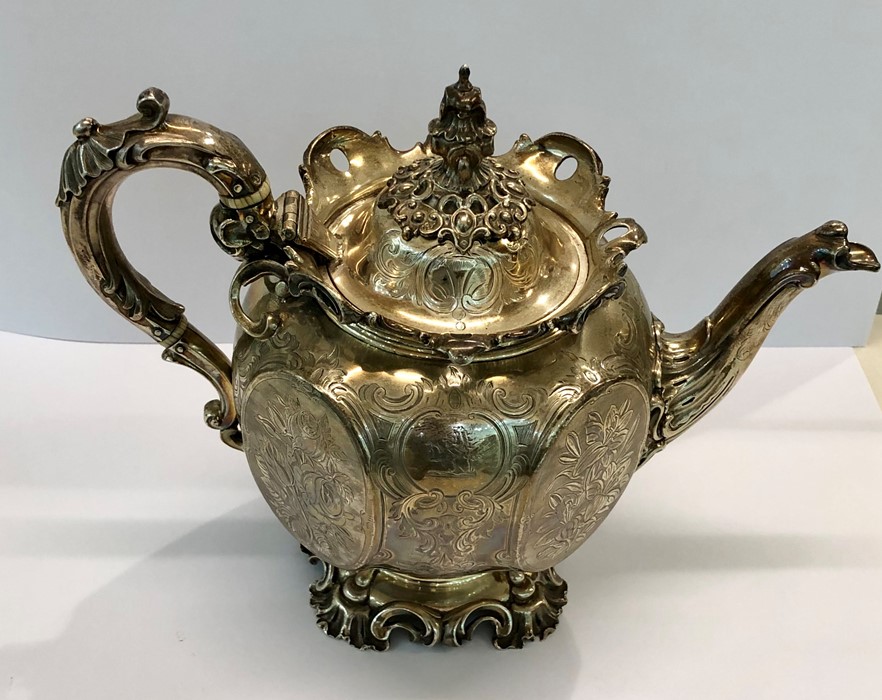
The first two marks are not duty marks but were used prior to them and dropped when the duty mark came into existence. The use of this mark was abolished in 1890. In 1784 the duty mark was created to show that a tax on the item had been paid to the crown. The mark letter changed annually in May, the cycles of date letters were usually in strings of 20 and each cycle was differentiated by a changing of the font, letter case and shield shape.

Its purpose was to establish when a piece was presented for assay or testing of the silver content. The date letter system was introduced in London in 1478 (elsewhere as the hallmarking system evolved). Until 1701 only city mark, date letter and maker's mark. Until 1819 only city mark, date letter and maker's mark.ĭate letter tables for Glasgow and the following cities are in the works & coming soon. TABLE OF EDINBURGH DATE LETTERS 1681 - 1931 TABLE OF DUBLIN DATE LETTERS 1700 - 1920įrom 1975 to present, a lion rampant mark (same as Glasgow's) has replaced the Thistle as the standard mark. Sheffield Date Letters 1773 - 1916 & Maker's Marks London Date Letters 1696 - 1935 & Maker's Marksīirmingham Date Letters 1773 - 1924 & Maker's MarksĬhester Date Letters 1701 - 1925 & Maker's MarksĮxeter Date Letters 1701 - 1883 & Maker's Marks The crowned leopard's head was used 1478 - 1822, the uncrowned from 1822 - Present. CITY MARKS (and the most common standard marks found with them) 958, used exclusively 1697 - 1720, optional afterwards.Ģ. Marks used from mid 18th Cent.- 1912 are very similar.The Standard mark indicates the purity of the silver.ī - Britannia. Maker's mark in a hexagonal stamp or an importer's mark in a triangle. 915 purity, it is usually accompanied by a Pentagram is a quality mark indicating a minimum of.

This example has the town mark of Edinburgh. Petersburg)īottom left ~ 1896 - 1908, Assayer's initials to right of head also indicate town.īottom right ~ 1908 - 1917, Symbol to left of head indicates town. Left to right ~ Maker's Mark, Assayer's Mark above year, silver purity and Town Mark (St. Later examples show head above purity number and city initial on kerchief. Letter indicates city of assay (w = Warsaw). Number indicates silver purity (3 =.800). Maker's Mark (far left) for Zilverfabriek Voorschoten. 833), Head is duty mark, Letter is date mark (x = 1932). Lion mark is silver purity (1 =.934, 2 =. FI = Firenze)įor a fuller overview of 20th Century Italian marks, visit ASCAS In the last three examples, the number would be registered to an individual maker, the initials represent the region (ie. Standard mark and maker's mark, sometimes "Made in Iceland"Įxample has the (harp) town mark for Dublin. Prior to 1884, instead of the crown & crescent, each city had its own symbol and silver purity was sometimes marked on the lothige system with a number 12 or more commonly 13.
#Antique silversmith hallmarks late bird head england full#
The crown & crescent are the state mark and are followed by a numeric standard mark and usually a maker's mark (symbol, initials or full name). Maker's mark in a rectangle as opposed to the diamond shape used on silver.

Left to right ~ Maker's Mark, National Mark, silver purity, Town Mark (Turku) and Date Mark The Cat figure was replaced by the Lotus Flower in 1946 Top ~ Silver must be marked with a maker's mark and fineness in thousandths (top).īottom ~ It may also be marked with the Copenhagen assay mark (3 towers above date) and 935, the stamp shape containing the bird's head changes with the purity number. Hoopoe head, letter on right indicates city, W= Vienna. Toucan head, letter on left indicates city, W= Vienna. Letter on right indicates city, P = Pest. Diana head mark, number at left indicates silver purity, 3 =.800. The letter at top indicates town, A = Vienna, year 1857 The 13 indicates silver purity, 13/16 lothig or.


 0 kommentar(er)
0 kommentar(er)
